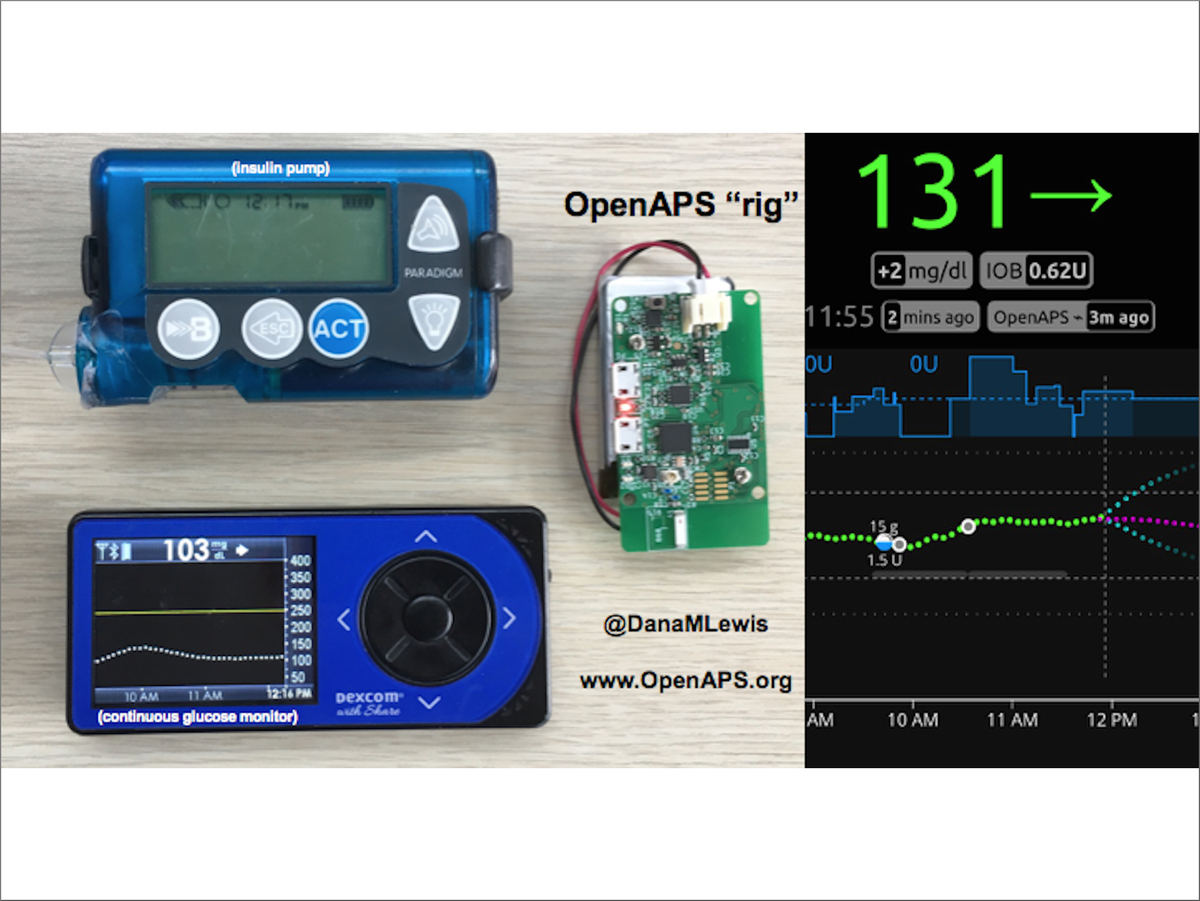Type 1 diabetes: Impact assessment on DIY technology
Type 1 diabetes (T1D), where the body does not produce its own insulin, is a disease with potentially serious acute and long-term consequences. Being affected means lifelong self-control, which, moreover, rarely leads to stable blood levels. Therefore, not all individuals with T1D or their relatives are satisfied with the approaches (such as conventional insulin pumps and/or measurement systems without automatic data transfer) that the conventional healthcare system offers them.
A dedicated do-it-yourself (DIY) community develops its own technologies or further develops existing technologies to better solve the specific problems of people with T1D. Their hacked insulin pumps respond to a particular blood glucose level with automated insulin delivery. Under the hashtag #WeAreNotWaiting, the community is engaged in an intensive exchange on the construction of the so-called artificial pancreas systems.
DIY vs. approved medical technology
This is where the PhD project “DIY Artificial Pancreas Systems – homebuilt technology for more safety and health?” comes in. ITAS scientist Silvia Woll examines, for the first time, official and unofficial technologies for people with T1D as well as the DIY community, which takes their health into their own hands. The central question is why the users trust the technologies that have not been officially tested, despite obvious risks. In addition, Silvia Woll will investigate whether the homebuilt technologies actually lead to improved metabolic control and quality of life. (01.02.2018)
Further information:
- Project page on the ITAS website
- Open Artifical Pancreas System (OpenAPS) web platform


